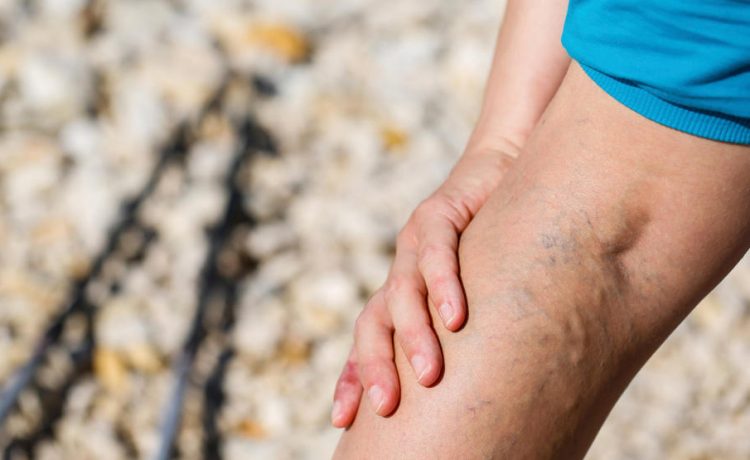During pregnancy, varicose veins are common but often go away after delivery. Use the following recommendations to reduce the pain and make your pregnancy as easy as possible. The time spent awaiting a child’s birth makes many people happy. However, it has an undesirable side effect for 40% of pregnant women: varicose veins.
Pregnancy-related varicose veins usually go away shortly after giving birth; therefore, they do not require to be treated. However, when carrying a baby, you can feel the uncomfortable signs of varicose veins, such as discomfort, swelling, cramps, and tired legs. Fortunately, there are several easy, at-home treatments that may be used to ease those symptoms. A vein doctor in South Carolina can address such an issue if you suffer from it.
Why are varicose veins common in pregnant women?
Varicose veins, which expand or twist, are a result of a woman’s body changing during pregnancy. The body generates more blood during pregnancy to feed the mother and the fetus. The pregnancy hormone progesterone compromises the vein walls simultaneously, making it more difficult for the veins to deal with the additional blood volume. Thirdly, the additional strain the developing baby places on the abdominal veins reduces blood flow from the pelvis to the heart.
The vein valves in charge of returning blood to the heart are under pressure from all these factors. When blood is pumped from the legs up to the heart, gravity forces these little flaps open. Eventually, the veins enlarge below the skin and show as varicose veins.
Try these self-care tips to handle any discomfort you might experience while pregnant. Each may help reduce the swelling, pain, and cramping associated with varicose veins.
- Stay active
Jogging and swimming are classic low-impact activities that help tone the calf muscles. Always consult with your doctor about whether exercises are safe. Working your calf muscles also helps the vein valves return blood to the heart.
- Avoid standing or sitting still for too long.
Long periods of standing or sitting put pressure on veins already experiencing strain. Taking small breaks from sitting and moving your ankles may give your veins and body a rest.
- Raise your feet
Elevating your legs over your heart just a few times a day is a successful way to promote blood flow back to the chest. If you do this, your veins will find it simpler to flow blood freely between the heart and the extremities.
Speak to your doctor today!













